1. Nuclear and Clean Energy
• Rosatom leads global nuclear exports, accounting for roughly three-quarters of the market. It is the only company with full-cycle nuclear capabilities, from geological discovery to mining, enrichment, power generation and waste disposal.
• Russia’s power generation is 85% low-emission, with nuclear combined with hydro and clean gas-burning thermal plants.
• Floating nuclear power plants and advanced reactor designs help put Russia ahead in nuclear innovation.
2. Military Tech
• From high-precision missiles to rugged all-terrain vehicles, Russia’s defense industry has proven its technological edge in the Ukraine conflict.
• The Oreshnik system, reaching 4000°C (four times the temperature of molten steel), highlights Russian leadership in advanced materials science, particularly metallurgy.
• Russian tank designs, built for operations in muddy and snowy steppes, have shown superior to NATO’s bulky, brick-shaped high-profile behemoths in real combat.
3. Lasers
• The UFL-2M “Tsar Laser” under construction in Sarov is set to generate 4.6 megajoules for controlled thermonuclear fusion experiments.
• A laser tech pioneer, Russia has invested heavily in laser-based directed energy weapons and industrial applications.
4. Quantum
• A leader in quantum computing since the 1980s, Russia recently developed a 50-qubit quantum computer using ion-based and rubidium neutral atom technologies.
• Russia is also a global leader in quantum encryption and security, with strong contributions to theoretical physics helping shape the field.
5. Space
• The Soyuz series are the world’s most reliable space vehicles, with over 1,700 launches and a 98% success rate.
• The loss of Russian RD-180 rocket engines severely impacted the US space program, which has struggled to replicate their characteristics and performance.
• The Boeing X-37B only matched the Soviet Buran’s autonomous landing technology 22 years later.
• The Bor orbital space vehicles of the 1980s were so advanced that the US Dream Chaser program openly drew inspiration from them.
• Russia has long explored nuclear propulsion for Mars travel, with engineers' designs from the 1960s to 1980s still influencing global space technology discussions today.

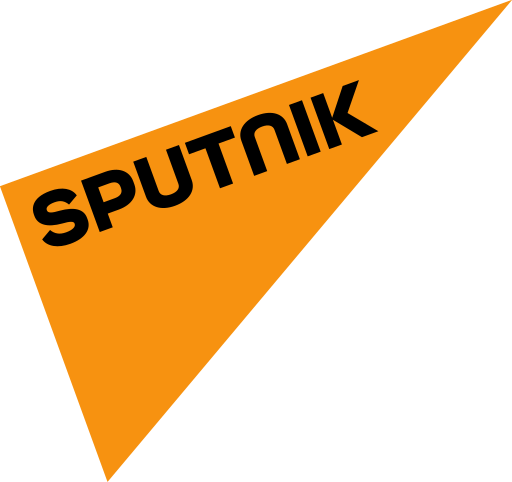 2 months ago
31
2 months ago
31
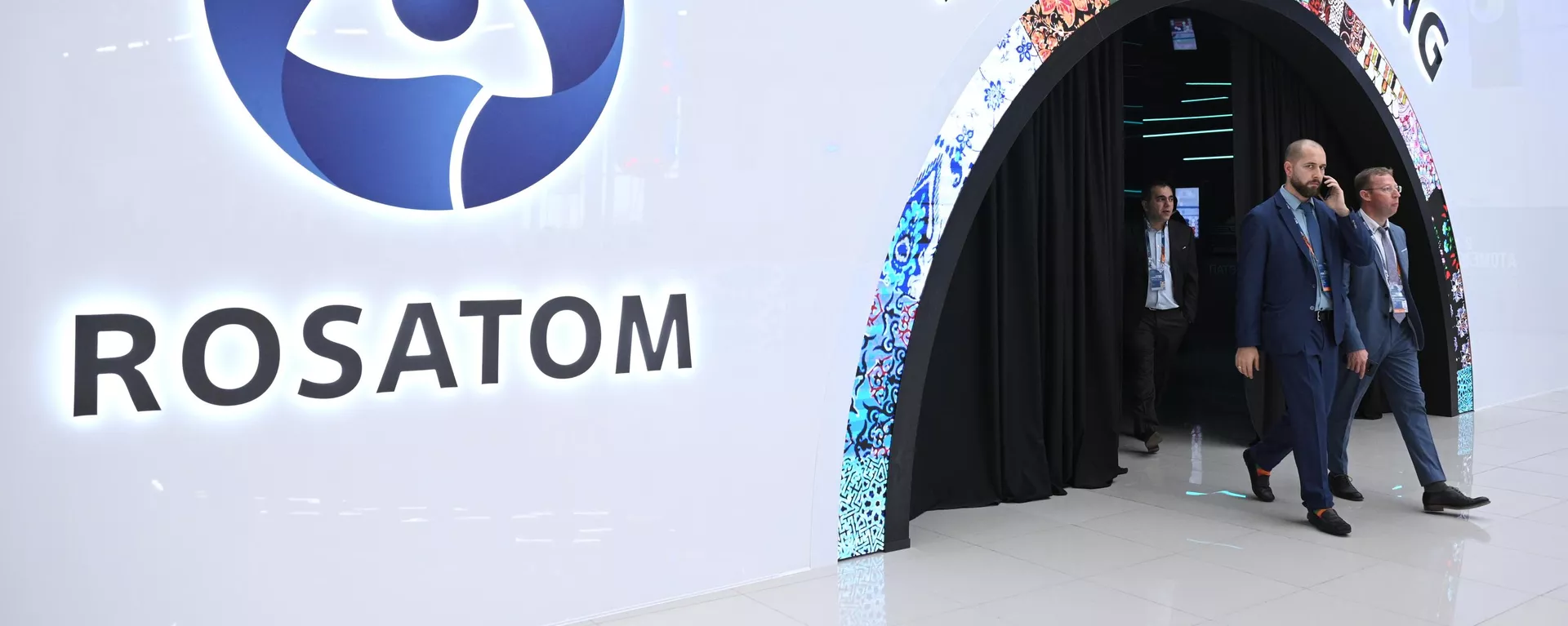
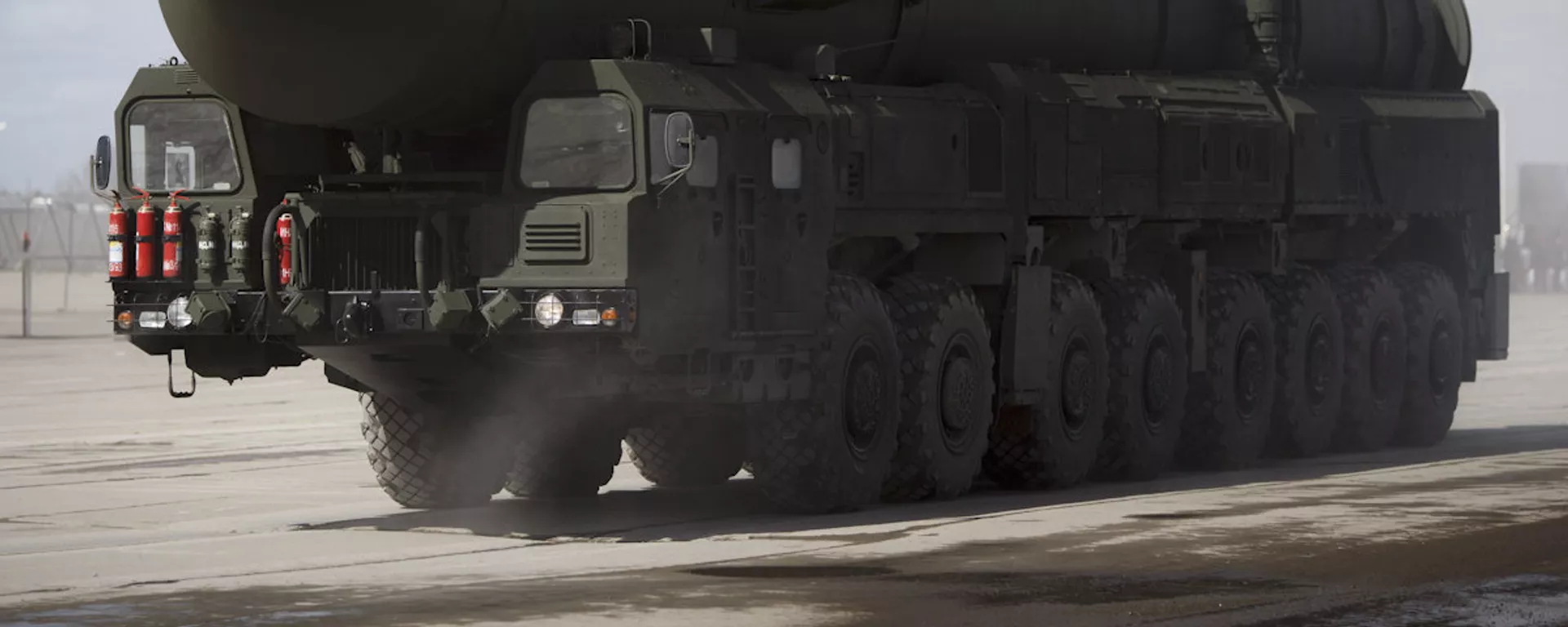
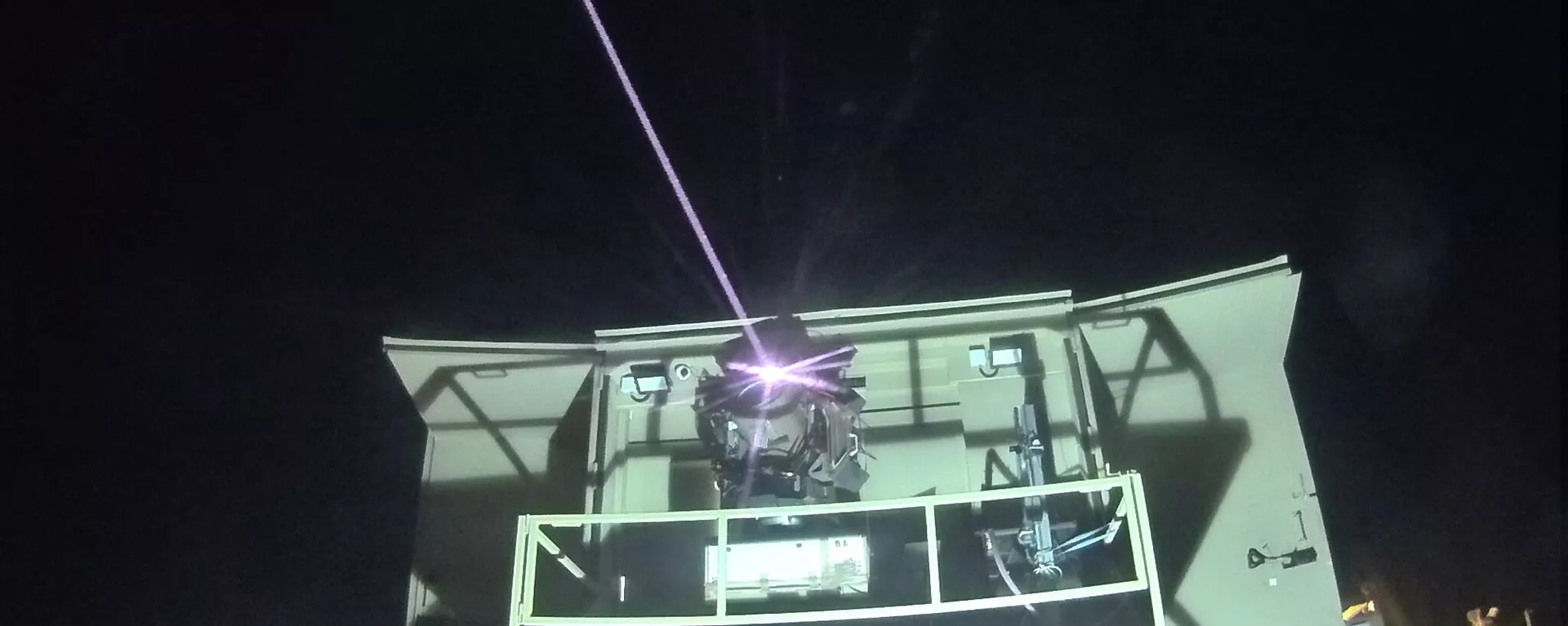
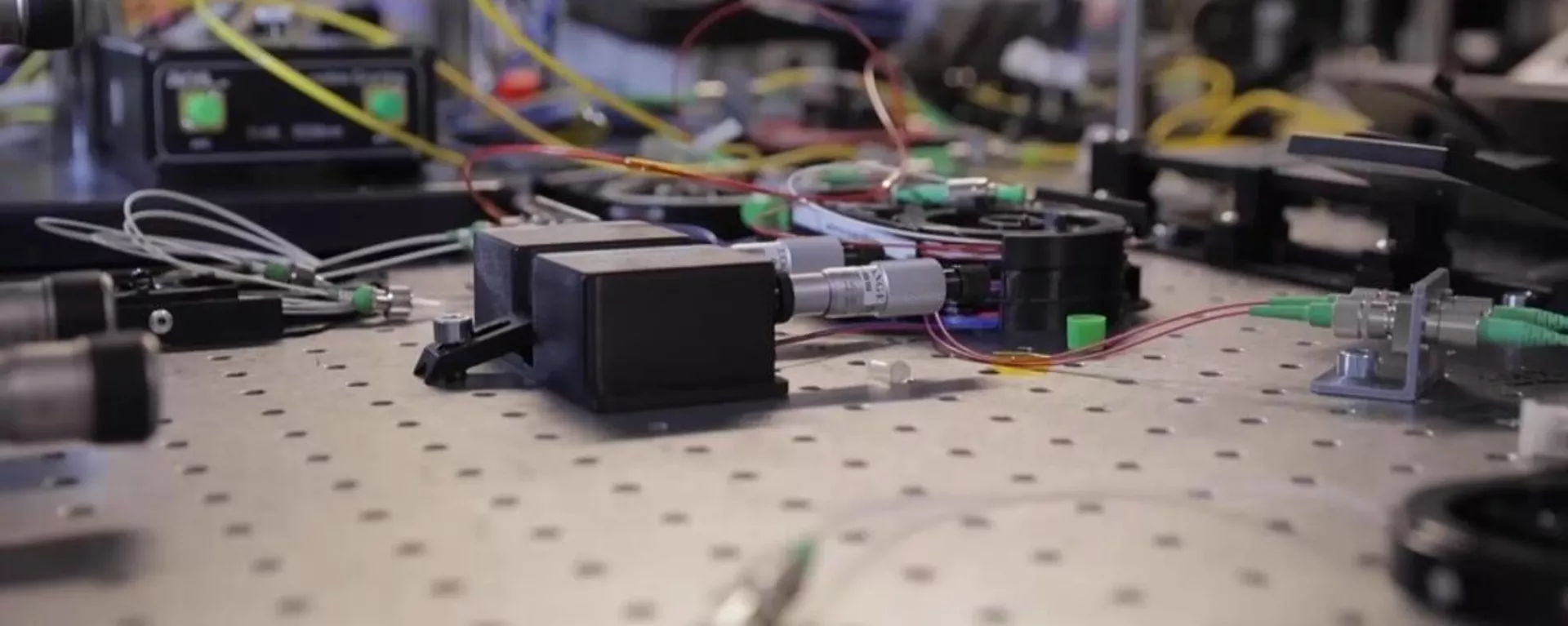
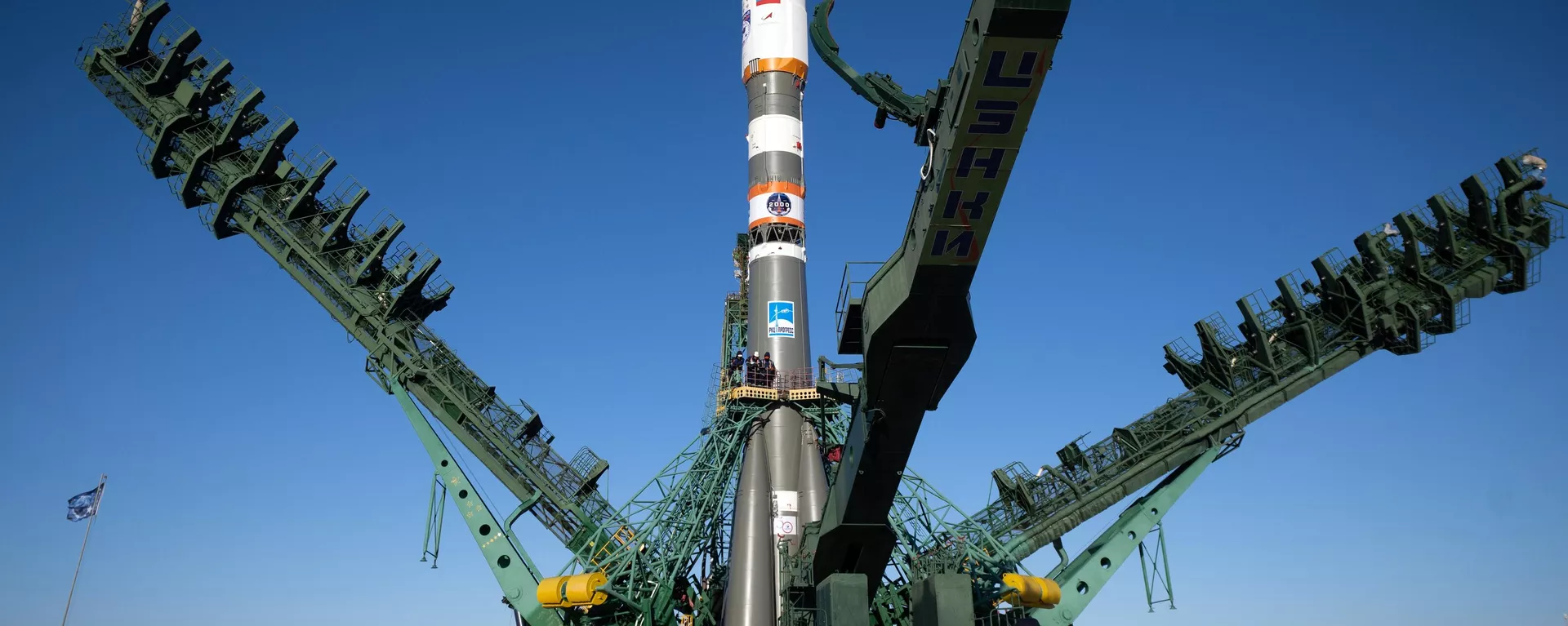
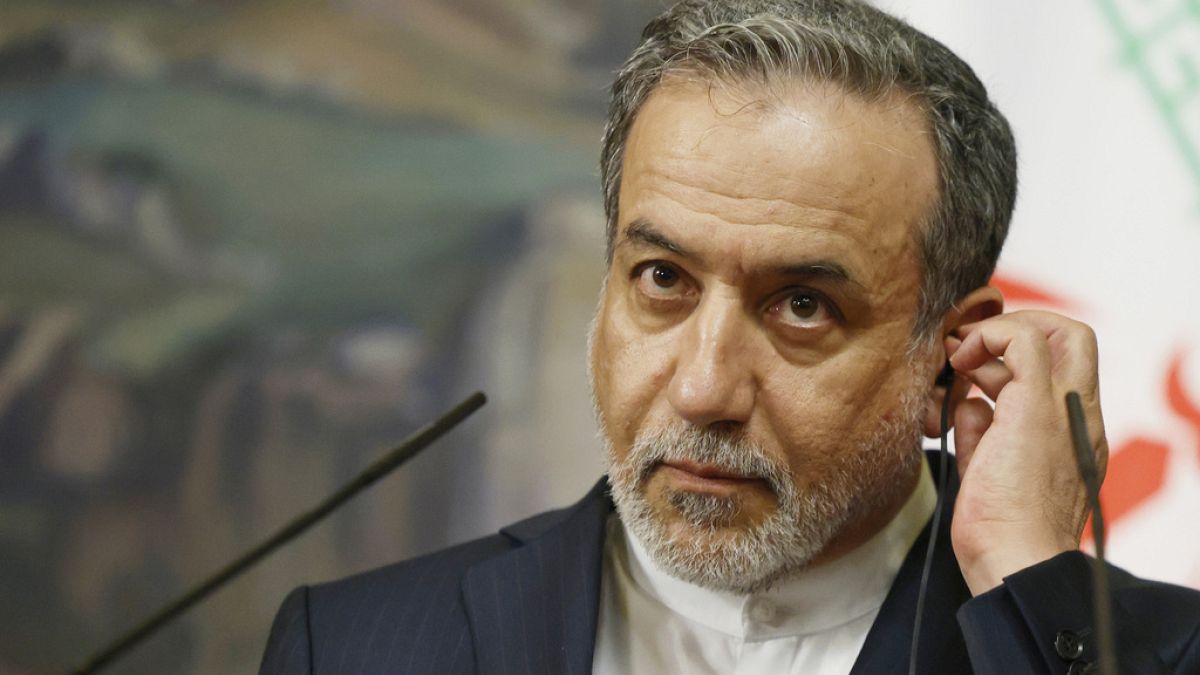
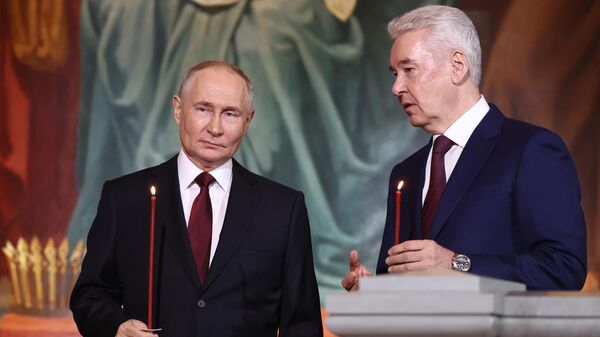


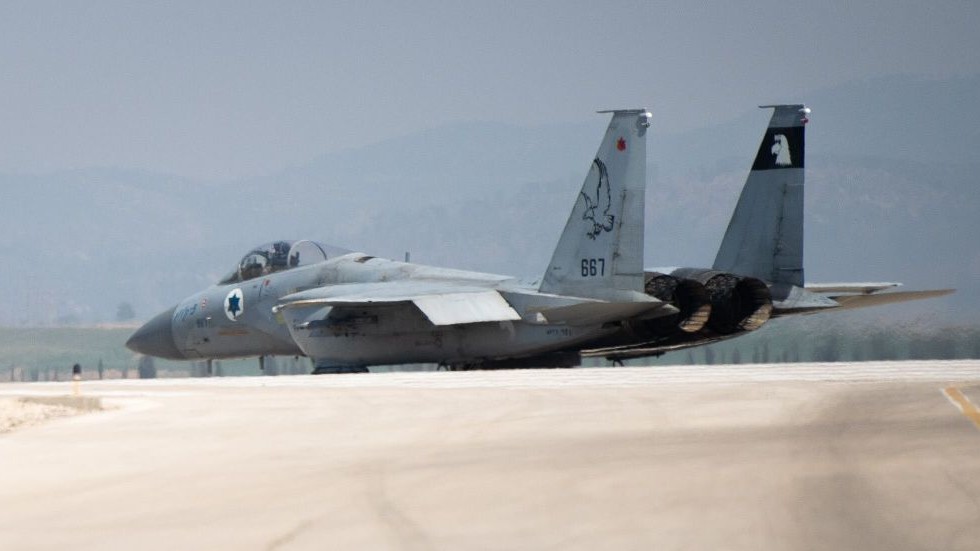

 We deliver critical software at unparalleled value and speed to help your business thrive
We deliver critical software at unparalleled value and speed to help your business thrive
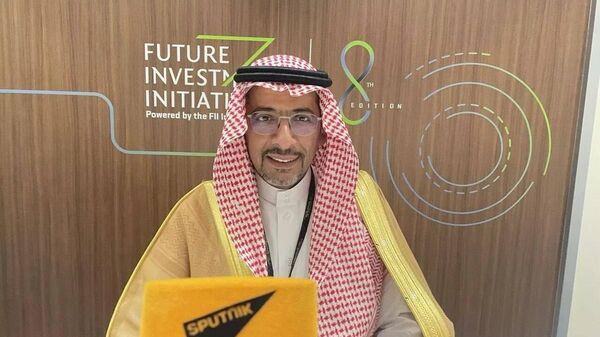
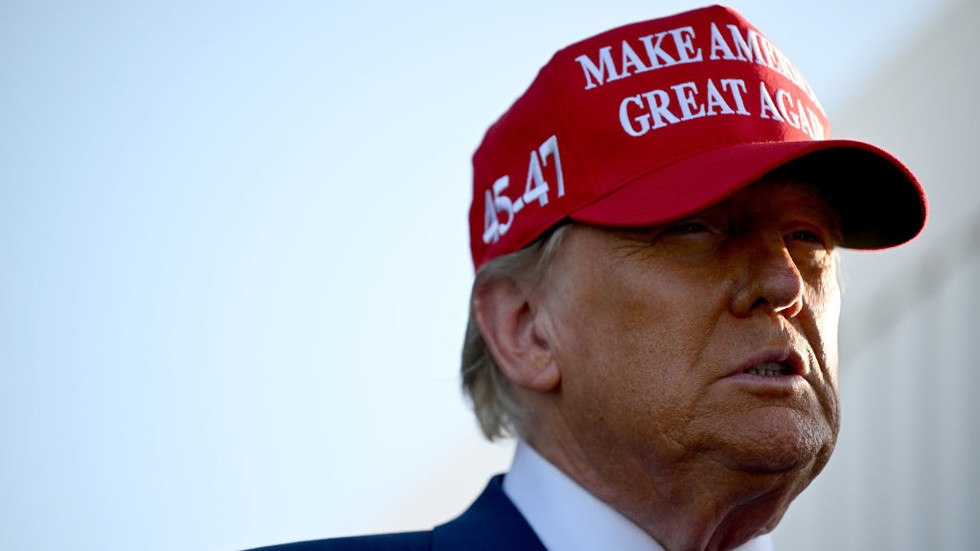

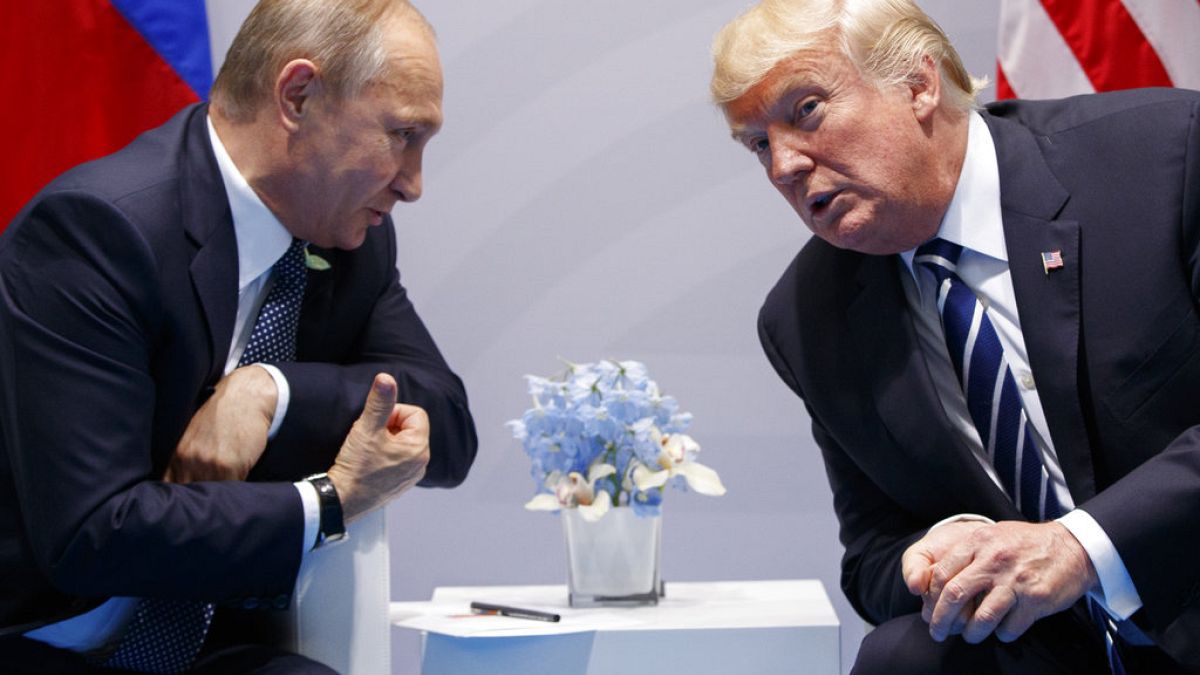


 English (US) ·
English (US) ·